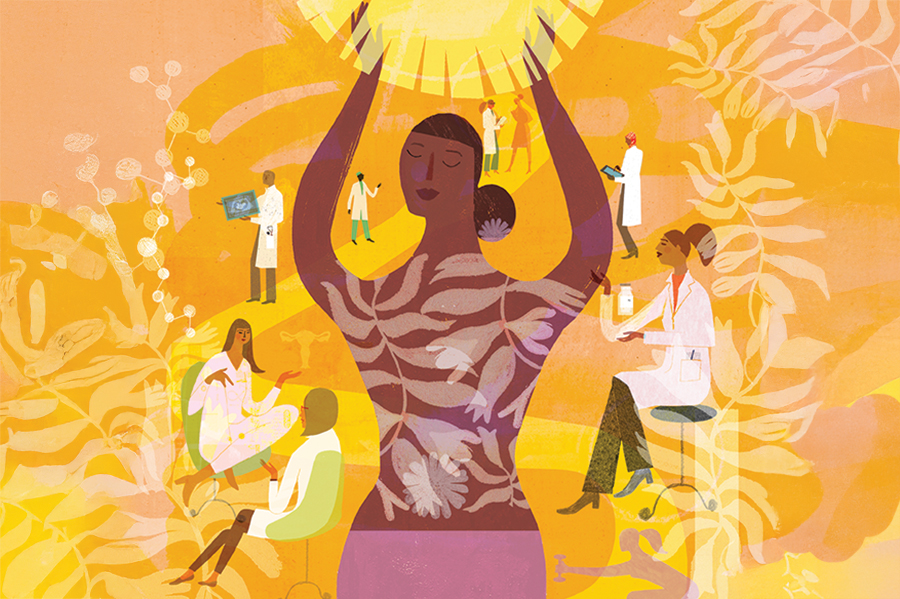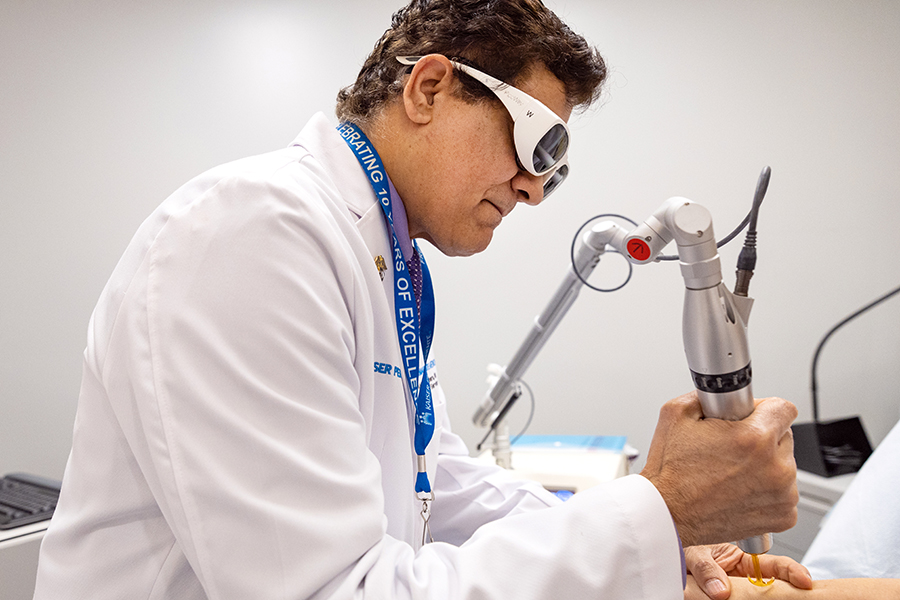November 5, 2021
KP Research Radio marks National Diabetes Month with a podcast exploring the unique needs of young people with diabetes or prediabetes
As the population of people with diabetes has changed, so have the words used to describe the disease. Diabetes diagnoses used to be divided into 2 categories: juvenile diabetes and adult-onset diabetes. But as more children, teens, and young adults began to develop the “adult” type of diabetes, new names were needed. Now, juvenile diabetes is called type 1 diabetes and adult-onset is called type 2.
Type 1 diabetes is a chronic condition thought to be caused by an autoimmune response that damages the cells in the pancreas in ways that keep it from being able to provide the insulin the body needs. Risk factors for type 2 diabetes — a condition marked by high blood sugar levels — include being overweight or having obesity, not getting enough exercise, and having a family history of the disease. Early-onset type 2 diabetes is the term used to describe people who have been diagnosed with the disease before age 45.
To mark National Diabetes Month, KP Research Radio spoke with Anjali Gopalan, MD, MS, a research scientist at the Division of Research and a physician with The Permanente Medical Group, whose research focuses on ways to improve communication with — and provide medical information to — patients with chronic diseases, like diabetes.
Kaiser Permanente Division of Research · Shining a light on early-onset type 2 diabetes
We talked to Gopalan about the unique needs of people with early-onset diabetes and a study that will test a telemedicine program that proactively reaches out to young Latinx Kaiser Permanente Northern California (KPNC) members newly diagnosed with diabetes to provide support and referrals to KPNC education programs and services.
To learn more about diabetes, see these news stories:
Continuous glucose monitors help patients manage type 2 diabetes
5 Questions for . . . Anjali Gopalan
Pandemic increased mail order pharmacy use by people with diabetes, but racial disparities persist
Minority racial and ethnic groups get diabetes at lower weights
This article originally appeared in the Division of Research spotlight






